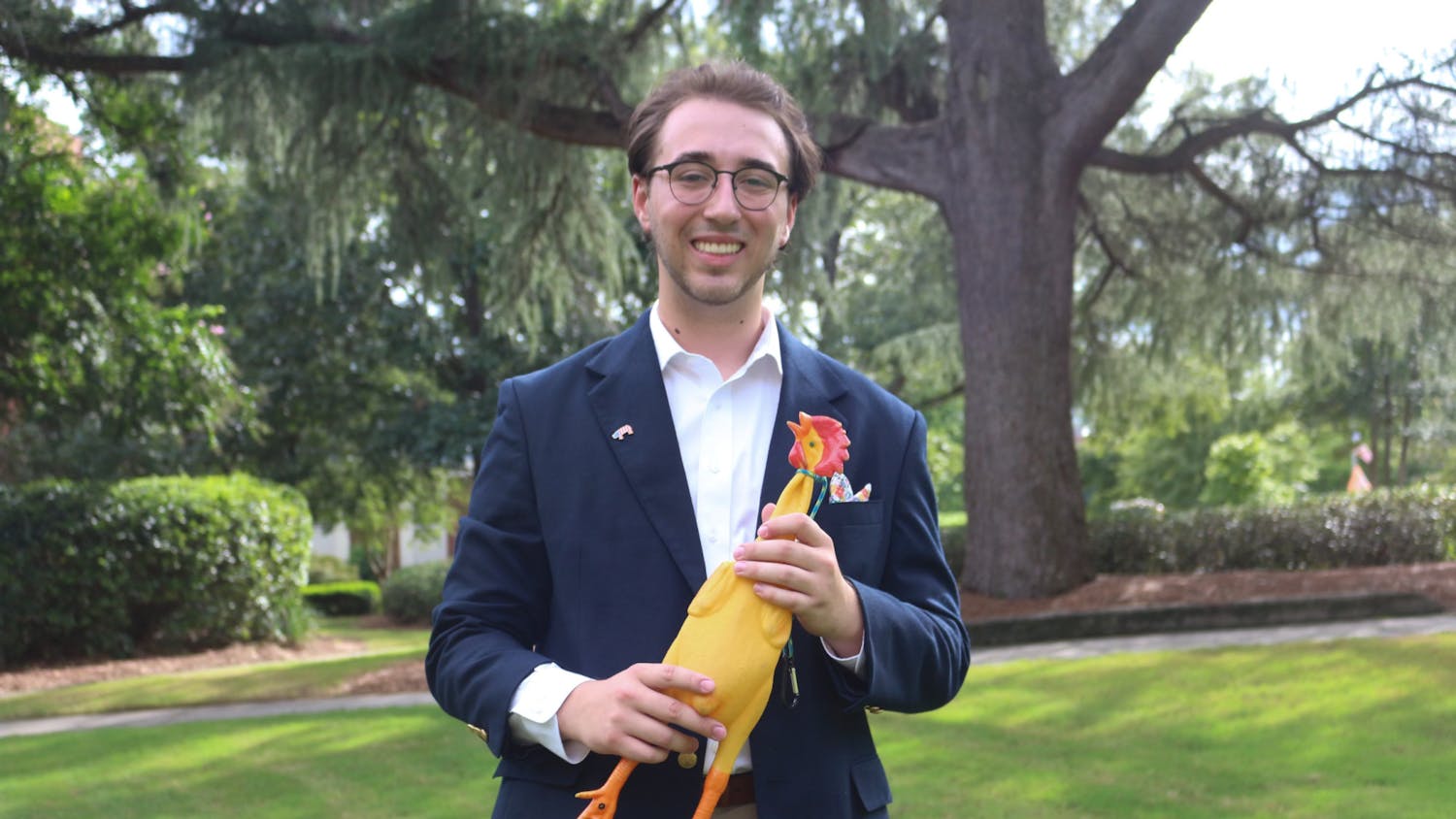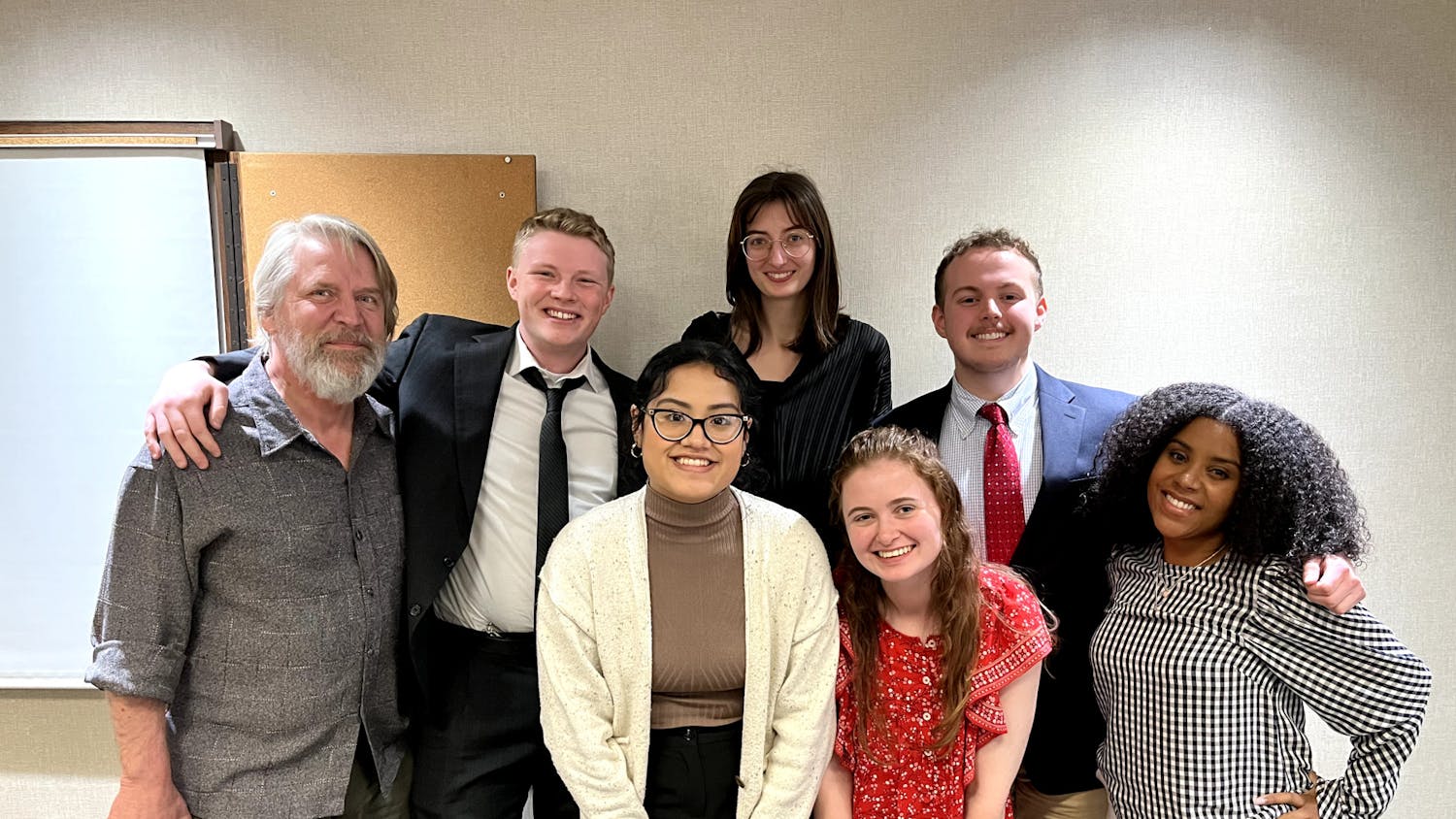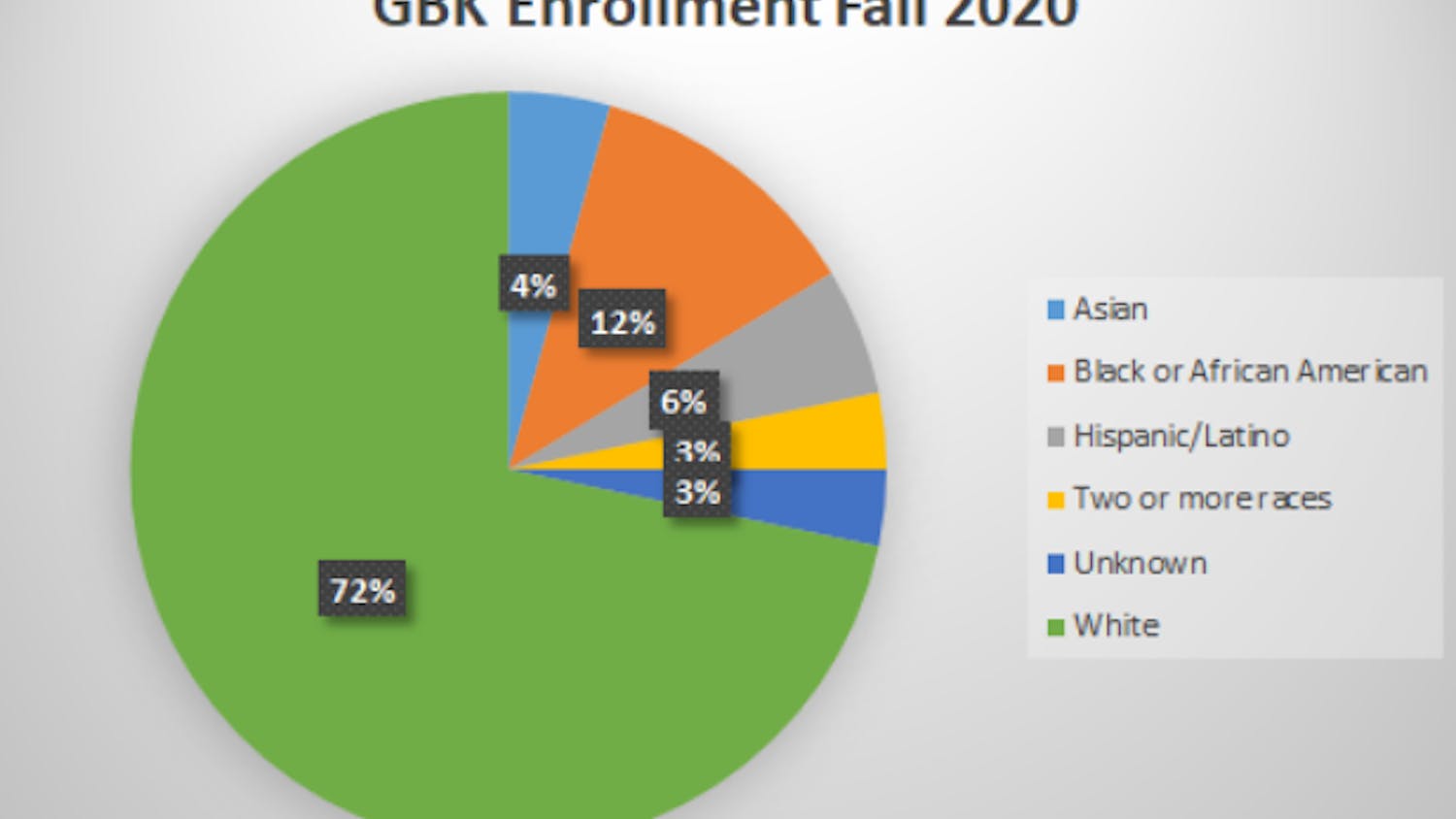
I’ve only been here for two years, and although I sometimes pull out my GPS to navigate my way around these confusing downtown streets, I feel like Macon is my second home… and that’s how I believe it should be. Oftentimes, I find that other Mercer students don’t feel the same.
I remember writing an article a few issues ago about the SPLOST funding that Tattnall Square Park and the new Animal Welfare Center was going to receive. I asked my friend to read it once the issue came out. She texted me later, “(s)o, do you want my honest opinion of your article or do you want me to sugar coat it?” I remembered staring at my phone and wearily asking her to give me the truth.
“Your writing is good,” she said. “It’s the topics that suck… I think The Cluster shouldn’t include so many articles that have nothing to do with the school.”
My message is to these individuals.
How much sense does it make to spend exorbitant amounts of money to come to this University and only head downtown to the bars on the weekend? To only use this city for your own satisfaction? That’s no way to treat a lady. She’s got a beautiful, gritty soul deserving of love and affection, and she was cool long before she had her name.
According to some historians, priests traveling with Spanish Explorer Hernado De Soto performed the first recorded baptism in North America when he submerged two Native boys in the Ocmulgee River.
The city grew from a settlement at Fort Hawkins. Built in 1806, the fort protected America’s newest frontier and was a major trading post with the Creek Nation that had inhabited the area 1,000 years before European settlement.
During its early years, founders insisted on making Macon “a city within a park.” Inspired by the ancient city of Babylon, officials designated 250 acres of land for the creation of Central City Park and forced citizens to plant trees.
Macon’s location and use of the Ocmulgee allowed for the cotton market to flourish. However, unlike a number of other Southern cities in the Black Belt, industry became a prominent element in Macon’s economy. In the later part of the 20th century, Macon had developed into a hub for transportation and a center for textile production. For this distinction, Macon was dubbed “The Central City.”
Her voice is angelic. Little Richard, Otis Redding and The Allman Brothers call this city home. Lynyrd Skynyrd and Marshall Tucker cut their teeth at Grant’s Lounge on 576 Poplar Street, an establishment referred to as “The Birthplace of Southern Rock.”
Despite this rich history, students think of Macon as a scary place that they shouldn’t explore. Upperclassmen scare the freshmen into staying on campus and continue to keep bubble mentality alive. This is not the Macon of past generations. Parts of the city are rough, but all cities have their spots. It’s our job to work with Maconites to fix these issues.
Our Mercer on Mission Program transforms the lives of people in underdeveloped countries through spiritual reflection and meaningful service. Students clamor for the opportunity to go abroad and fight the issues that plague these individuals. However, we turn a blind eye to the problems that affect our own community. The administration is shelling out large sums of money, but where are the students? Our efforts are perfunctory at best. Are we continuing the legacy that Alex Morrison established when he and other fellow Mercerians laid out the plans for the College Hill Corridor? When we say that we major in changing the world, are we pretending that Macon doesn’t exist? Are we that arrogant? If so, let’s change that motto. At the very least, our institution should be honest.




